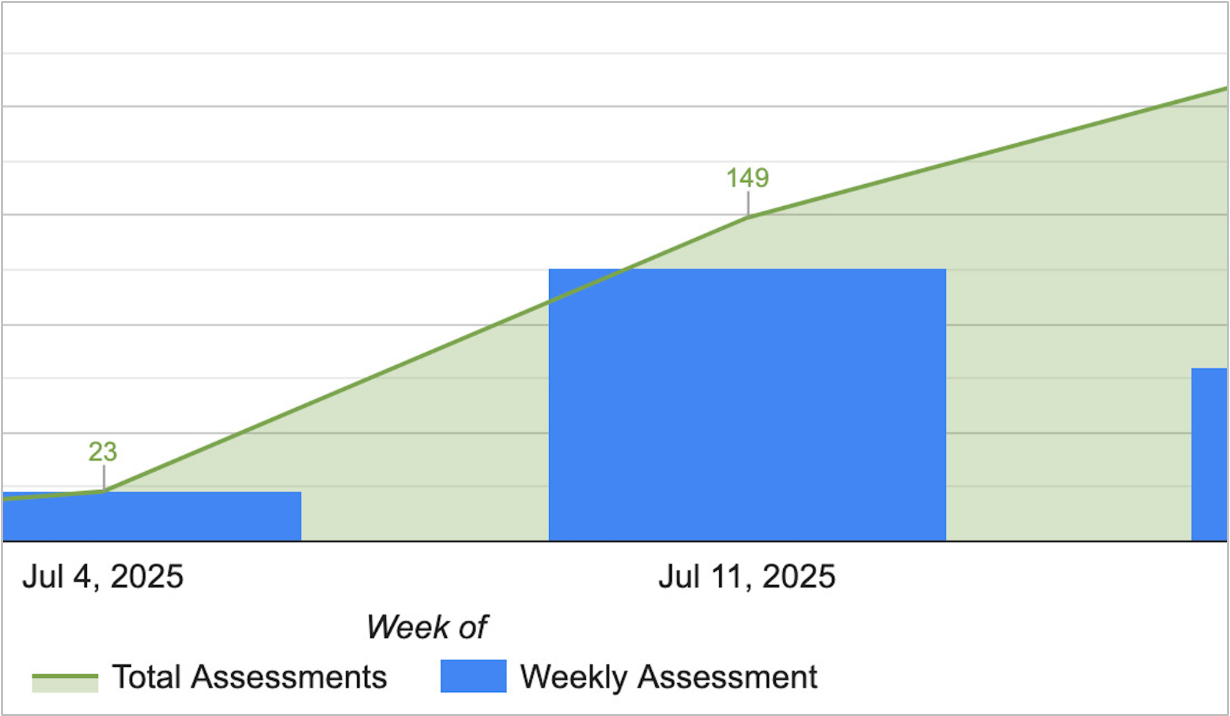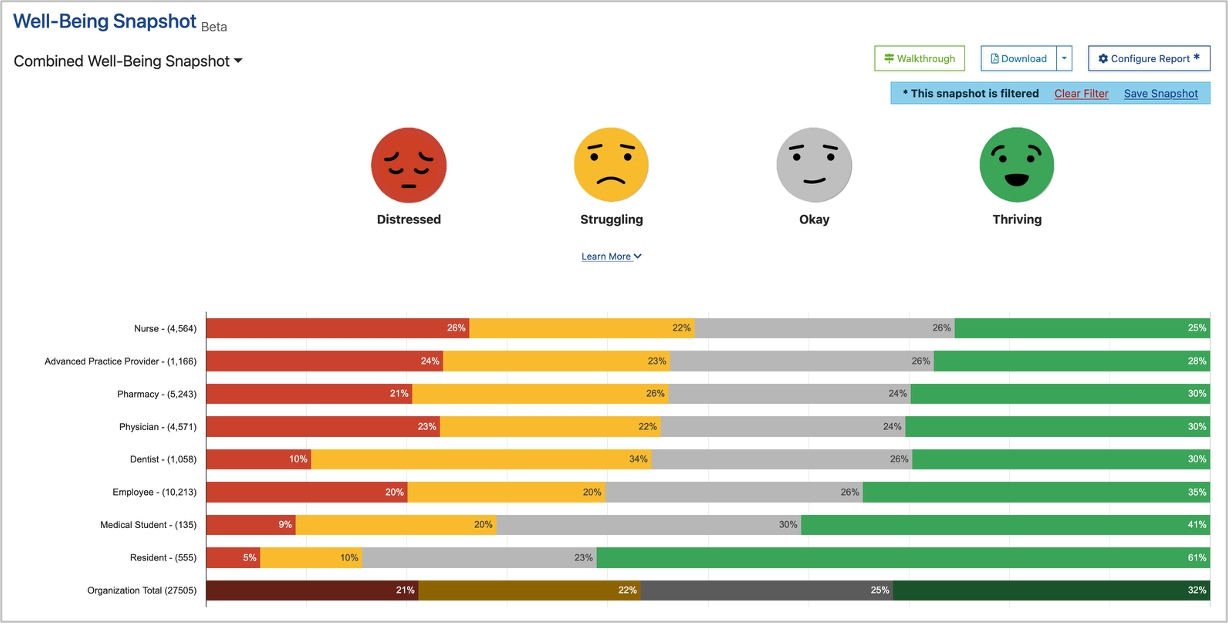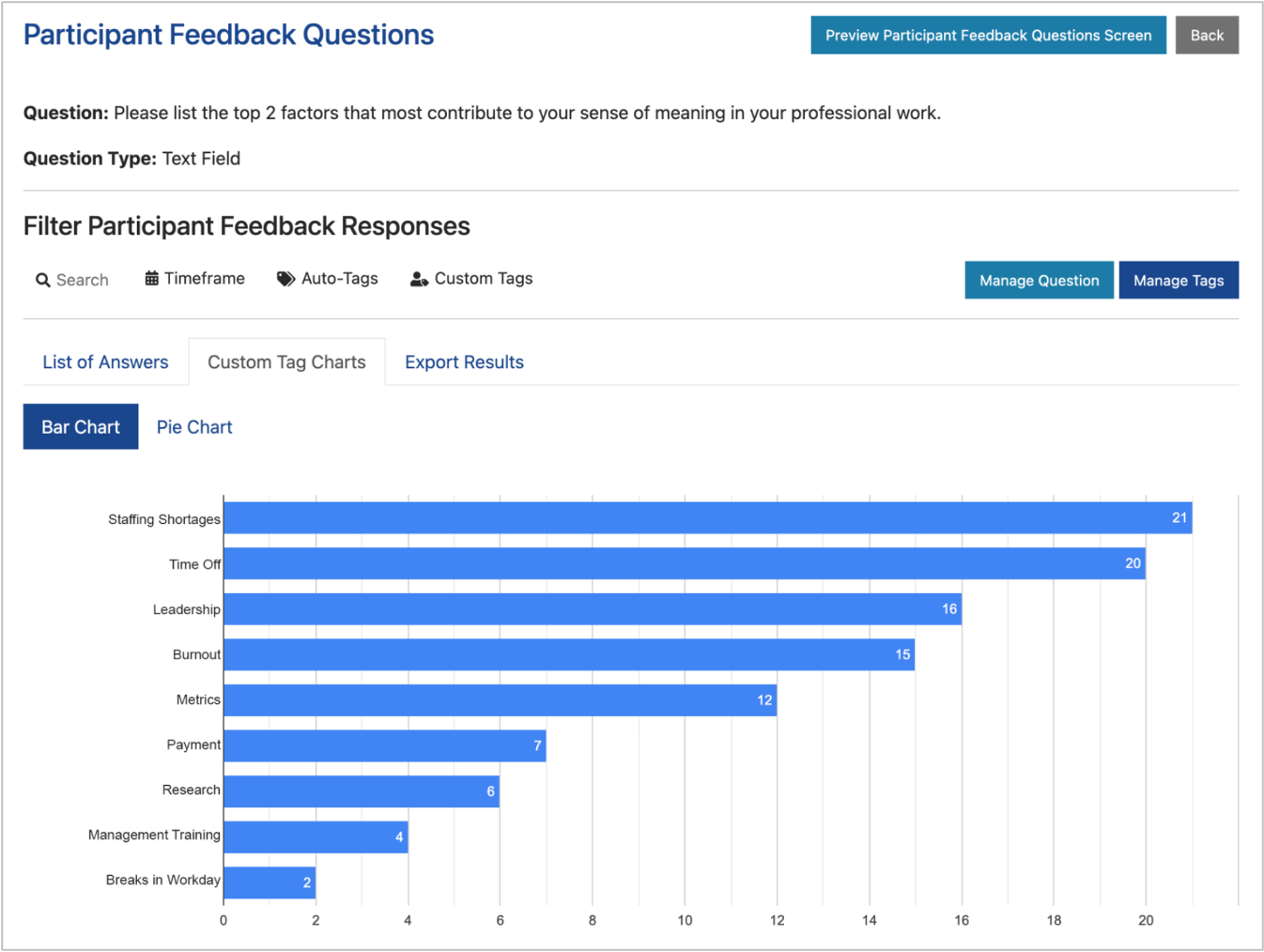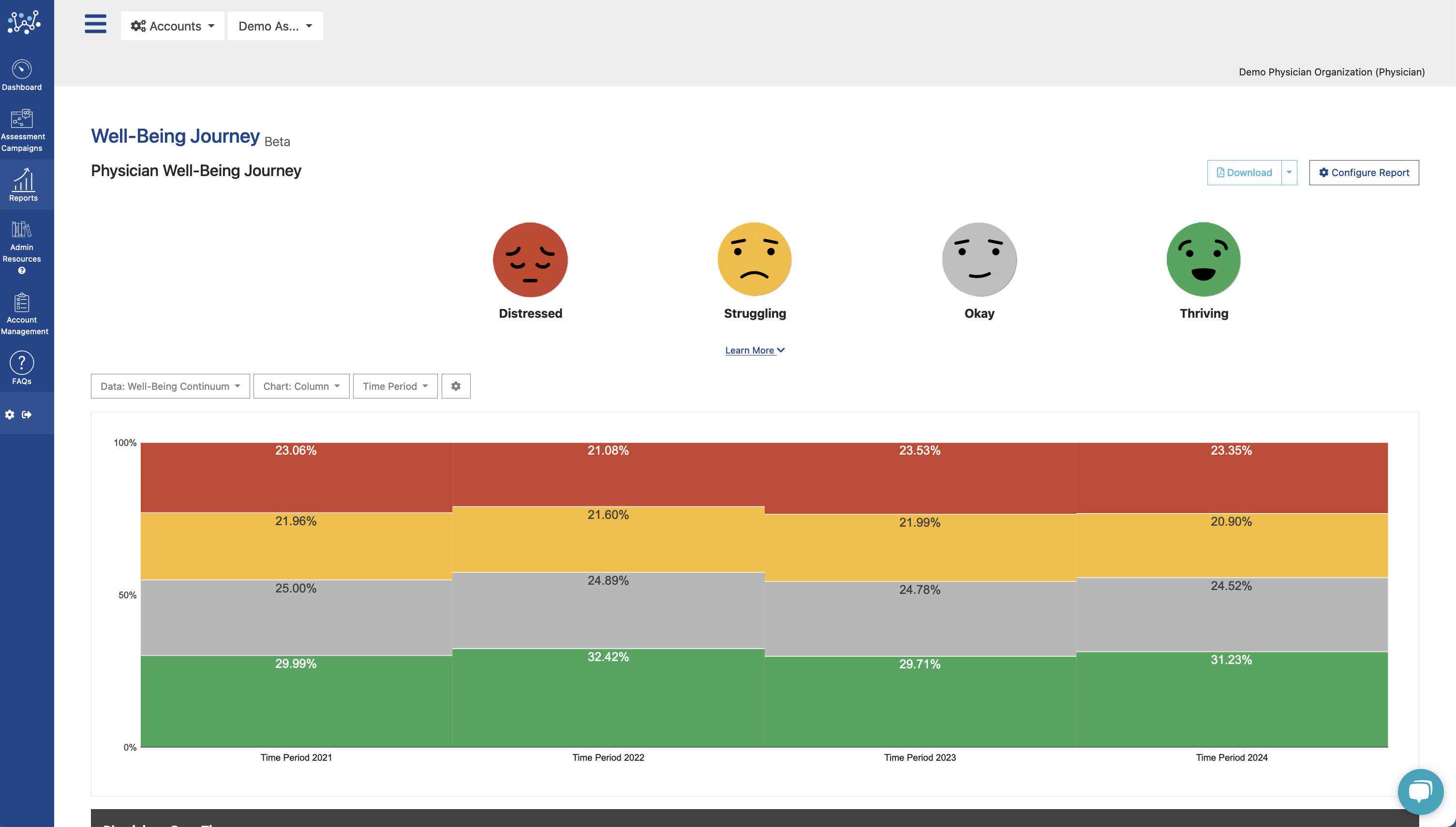Employee burnout is a major problem among United States employers, with approximately 50 percent of workers stating that they experience symptoms such as feeling overwhelmed or being dissatisfied with their jobs. Burnout causes many issues in organizations, including high turnover rates and poor customer experiences. By understanding six of the leading causes, you can proactively address the issue in your company.
1. Job Scope Creep
If you compare the job description on a listing to the work duties that your employees have a year later, do they vary significantly? Scope creep can happen as business needs change and employees become more familiar with the organization. However, if someone is brought onto a team for their specialty but ends up getting bogged down with administrative paperwork, they may not appreciate the shift.
[RELATED: Discover everything you need to know about employee well-being here.]
2. Lack of Engagement
Employees become disengaged with their work for many reasons. The work environment may have toxic elements, their personal values may not align with the company’s, the compensation is too low or they don’t feel appreciated. Poor engagement can easily lead to full burnout. Take the time to perform exit interviews with employees and follow-up on the most common reasons they express for leaving your organization.
3. Long Hours and High Stress
Longer hours don’t necessarily translate to higher productivity, but many organizations try to push their workers to put in more time. Hourly employees may appreciate the opportunity to get overtime, but salaried staff members don’t see personal reward when they come in early and stay late.
High-stress jobs that also have long hours make it difficult for workers to have the necessary downtime to do their jobs properly. If they’re putting out one fire after another, they’re going to become exhausted and disengaged. While some types of jobs, such as healthcare, require long shifts, you can mitigate the long-term damage through flexible schedules, telecommuting options and other alternatives to the 9-5 workday.
4. Limited Upward Mobility
Do employees have many opportunities to advance in your organization or expand their skill sets? When they don’t have the chance to work towards better positions, they could start looking elsewhere or exit their career paths entirely. Continuing education opportunities and well-defined career development paths can help address this problem.
5. Bad Management
A bad manager can cause a lot of havoc in your organization. You get poor productivity from burned-out employees, you lose quality talent to other companies and you may find it difficult to pinpoint the exact problem in a reasonable time frame. Pay close attention to the people in management positions to determine whether they’re effective leaders or if their talents would be better suited elsewhere.
6. No Communication Channels
The front-line employees need a way to communicate with upper management and other leaders. When you have an organization structured without communication channels between the bottom and top-level staff, business decisions get made without considering the impact they will have on everyone in the company. You can set up several types of communication channels, such as regularly scheduled meetings and reviews and dedicated email inboxes.
Employee burnout is not a problem that you can solve overnight. However, addressing the core causes behind this issue puts you on a path of improvement. You can support your workers, improve your productivity and put yourself on a path to long-term growth with a solid strategy in place.







